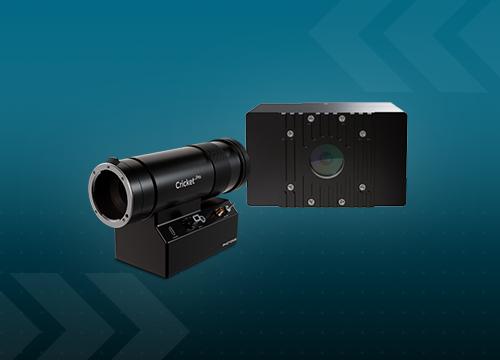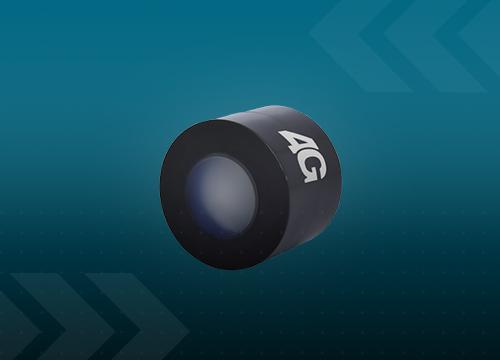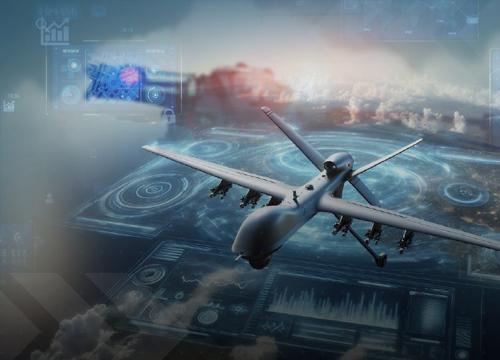


Dallas.
FROM Mar 24th 2025 TO Mar 27th 2025
Distributech 2025
Visit Exosens at Distributech 2025 - Dalals, TX

Jan 23rd 2025
Cricket™ Pro & PhotonPix™
Photonis launches Cricket™ pro and PhotonPix™: Two market-leading solutions...

Nürnberg.
FROM Feb 24th 2025 TO Feb 26th 2025
Enforce Tac 2025
Visit Photonis and Xenics, part of the Exosens Group, at Enforce Tac 2025, in Nürnberg

Las Vegas.
FROM Jan 21st 2025 TO Jan 24th 2025
SHOT SHOW 2025
Visit Photonis Defense, part of the Exosens Group, at SHOT SHOW 2025, in Las Vegas


Abu Dhabi.
FROM Feb 17th 2025 TO Feb 21st 2025
International Defence Exhibition and Conference 2025
Visit Exosens at IDEX 2025 Booth 07-A15, in Abu Dhabi

Dec 18th 2024
OCCAR Contract Extension
A new contract extension as part of the OCCAR Night Vision Capability Programme

Nov 25th 2024
Exosens Joins MSCI
Exosens is pleased to announce its upcoming inclusion in the MSCI France Small Cap index

Nov 22nd 2024
UAV Vision
Micro UAVs frequently integrate visible-spectrum and LWIR thermal cameras...